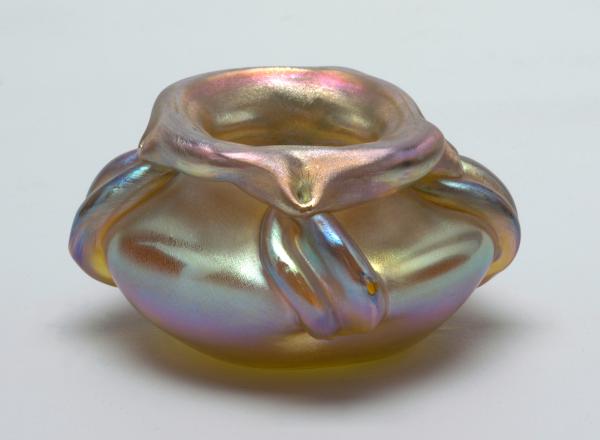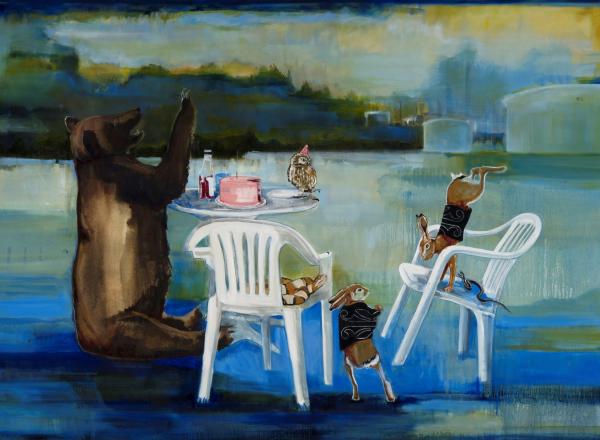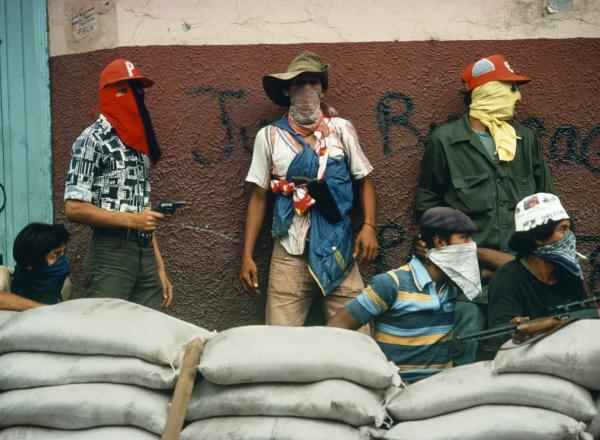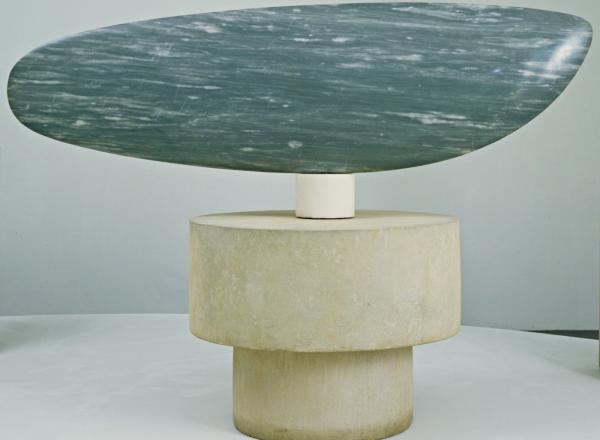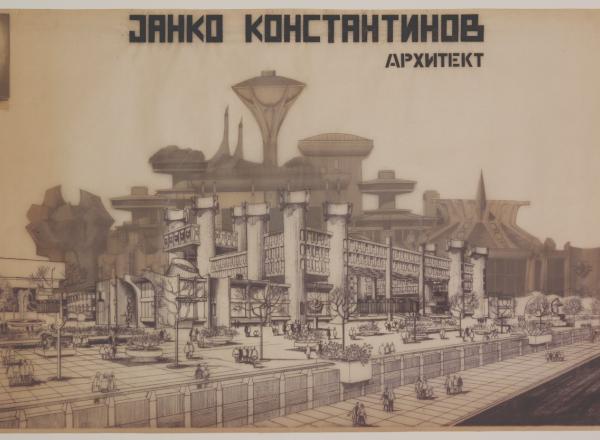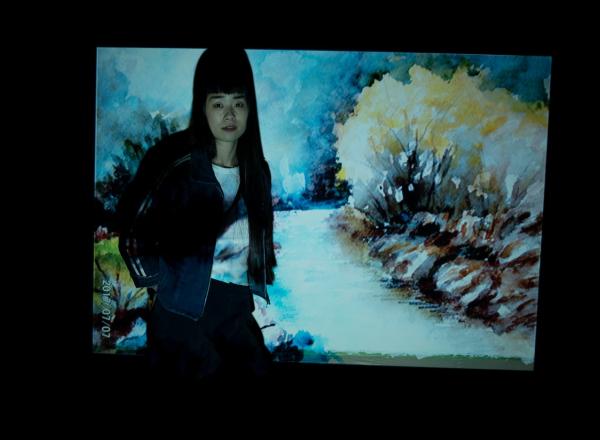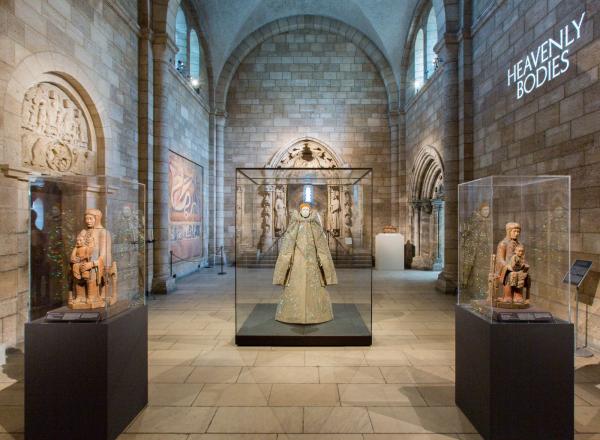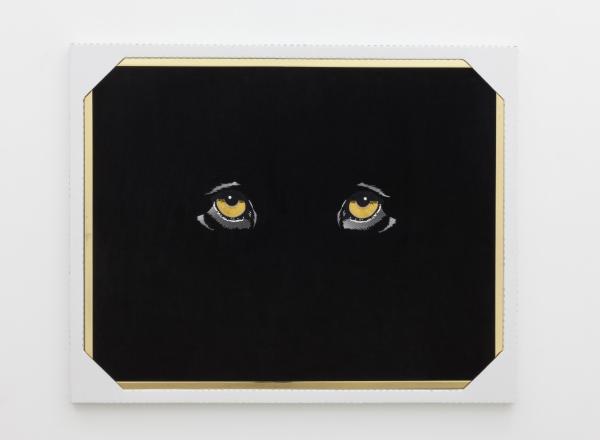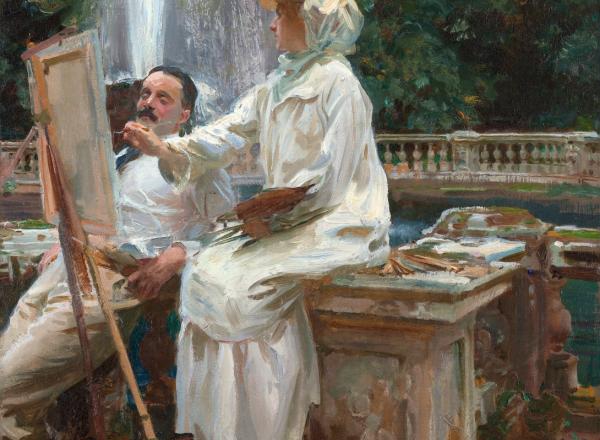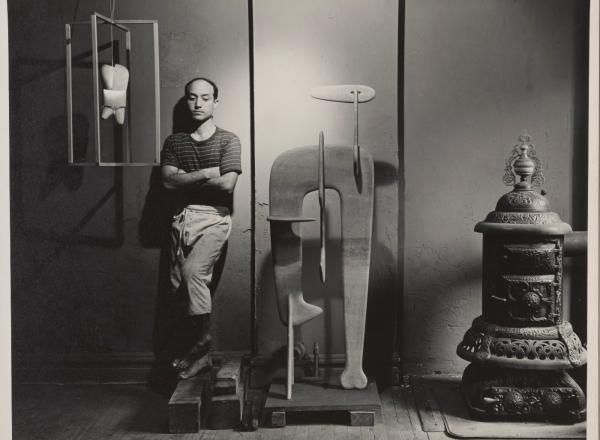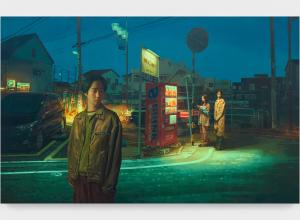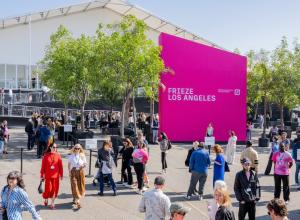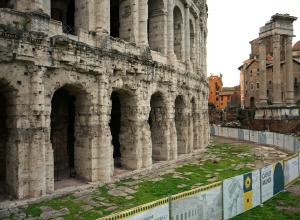The Cooper Hewitt, Smithsonian Design Museum is celebrating all that glitters in their latest exhibition of works from the permanent collection, Iridescence. A stunning visual effect found in nature, for centuries artists and craftsman have strived to replicate the vibrancy of this elusive quality. Through the exhibition, the Cooper Hewitt traces the history and impact of the optical effect that changes before your eyes.
Art News
As part of their ongoing contemporary art series, this month the Denver Art Museum (DAM) debuts Eyes On: Julie Buffalohead, showcasing the work of the Minnesota-based artist and citizen of the Ponca Tribe of Oklahoma. Curator of Native Arts John Lukavic calls Buffalohead’s new body of work “exceptional,” saying the work connects people with “tribally specific narratives that are culture-bound, emotional, and sometimes evocative.”
This month the San Francisco Museum of Modern Art (SFMOMA) presents the first west coast retrospective of award-winning documentary photographer Susan Meiselas. Mediations, which was first exhibited in Barcelona and Paris, is accompanied by a book of the same title. Known for her work in conflict zones and in documenting human rights abuses, Meiselas has been a member of Magnum Photos, an international cooperative of photographers, since the 1970s.
In a new exhibition, the Museum of Modern Art (MoMA) showcases their collected works of Constantin Brancusi, one of the most influential sculptors of the 20th Century. The exhibition includes eleven sculptures, shown together for the first time, as well as drawings, photographs, and films, some of which Brancusi made in his studio with his friend Man Ray. Rare archival material illuminates the artist’s process and many of Brancusi’s relationships with friends, patrons, models, and museums.
This week the Museum of Modern Art debuted the first major US exhibition devoted to the architecture of Yugoslavia. Toward a Concrete Utopia: Architecture in Yugoslavia, 1948–1980, uses over 400 objects related to architecture and design to examine this critical period in the nation's history.
An array of optical illusions, trompe l’oeil, and hyperrealism are on display in Chicago Works: Mika Horibuchi, now at the MCA Chicago. Horibuchi’s work plays with the nature of reality, upending viewers expectations. One of her pieces references an ambiguous 19th Century duck/rabbit illustration; her deceptively simple painting could be either a bunny or a duckling in repose, depending on the viewer's perception.
The Metropolitan Museum of Art’s exhibition, Heavenly Bodies: Fashion and the Catholic Imagination, sprawls across the Fifth Avenue location’s Medieval, Byzantine, and Lehman galleries and its Anna Wintour Costume Center, as well as the Met Cloisters further uptown.
Currently at Seattle’s Frye Art Museum, Juventino Aranda’s Pocket Full of Posies explores how everyday objects become symbols of identity and social strata. Aranda grew up in Walla Walla, Washington, the child of Mexican immigrant workers, and was the first in his family to get a University degree. His work reflects the mixed cultural heritage of immigrants in the US. As an activist and artist, Aranda uses his installations to draw attention to socioeconomic, political and cultural issues.
The Art Institute of Chicago has brought together a stunning collection of works by one of America’s greatest portraitists. The recently opened John Singer Sargent and Chicago’s Gilded Age includes over 100 objects, both borrowed and from the museum’s collection, highlighting the connections the painter had with the city of Chicago. Though Sargent is best known for his portraits, his artistic practice was wide-ranging, and this exhibition covers all of his output, including the en plein air landscapes of his late career, sketches, and watercolors.
Pinpoint a figure staring directly out at you in an early Renaissance painting and chances are it’s a surreptitious self-portrait, slipped into a crowded scene. It took time for artists to feel comfortable devoting entire canvases to their own likenesses, and longer for masters such as Rembrandt van Rijn to return to self-portraiture over and over. But with the invention of photography in 1839, things changed. Artists could quickly and cheaply craft self-images that were divorced from their work, playing with their personas without wielding paintbrushes or chisels.




